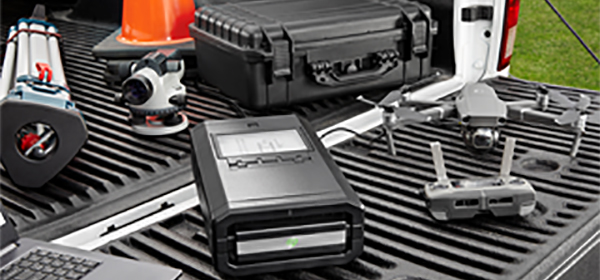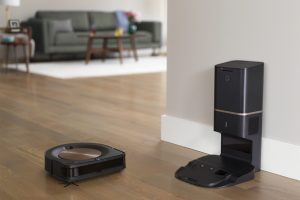Establish a BOM Centric Approach: Ten Ways to Organize Your Data and Become a Digital Leader
Executive Summary
Your Digital Transformation Starts with BOM Management
Quicker to market, faster iterations, lower costs—these are goals of most product development organizations. Product lifecycle management (PLM) is a key enabler of meeting these goals, but most manufacturers already have PLM. So, what’s the problem? While PLM is pervasive, many manufacturers find themselves with multiple disconnected legacy systems that simply can’t keep up with their business processes. Many organizations don’t have an accurate, up to date, part-centric bill of materials (BOM)—an authoritative source of truth upon which to depend.
Here’s how it looks when systems are disconnected. Engineering teams, working from drawings, are faced with non-value-add work, such as quadruple data entry because they have to reenter information from drawings or continuously pull data from drawings and CAD for manufacturing, supply chain, service, and customers. Finding the right information when there is a change becomes almost impossible as data can be scattered across many locations. Purchasing managers order wrong parts because they have no way to determine preferred suppliers and components to negotiate volume discounts. Supply chain managers make wrong inventory decisions, which lead to low part reuse and high inventory levels. Factory planners don’t adjust their machines in time to satisfy product release dates. They get started on process updates—such as setting up the assembly line and developing work instructions—and are soon behind schedule, missing customer delivery dates. Technical publication writers produce user manuals with incorrect instructions, resulting in an overabundance of service calls.



